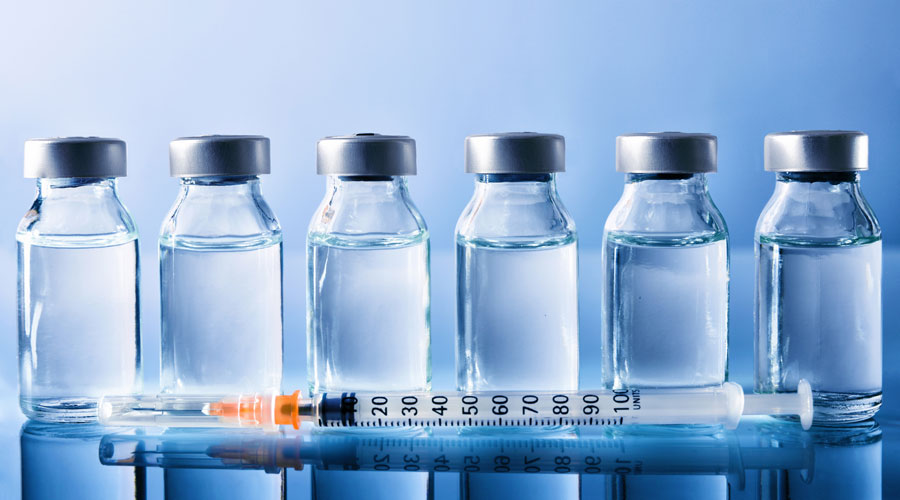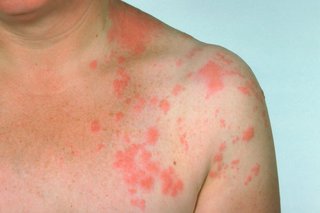Dyfi Valley Health, Bro Ddyfi Community Hospital, Heol Maengwyn, Machynlleth, Powys, SY20 8AD
contact.w96011@wales.nhs.uk 01654 702 224Dyfi Valley Health, Bro Ddyfi Community Hospital, Heol Maengwyn, Machynlleth, Powys, SY20 8AD
contact.w96011@wales.nhs.uk 01654 702 224
Shingles is an infection caused by the varicella-zoster virus, which is the same virus that causes chickenpox. Even after the chickenpox infection is over, the virus may live in your nervous system for years before reactivating as shingles. Shingles may also be referred to as herpes zoster.
Shingles is an infection that causes a painful rash. If you notice the following, please get medical advice as soon as possible.
CONTACT 111 or Speak to a member of our team.
The first signs of shingles can be:
Usually, you get shingles on your chest and tummy, but it can appear on your face, eyes, and genitals.

The shingles rash appears as red blotches on your skin, on one side of your body only. A rash on both the left and right of your body is unlikely to be shingles
There is a common misconception that those who have had chicken pox can’t get shingles. This is NOT true. Shingles can occur in anyone who has had chickenpox. To confuse things slightly: you cannot get shingles from someone with chickenpox but you CAN get chickenpox from someone with shingles.
However, certain factors put people at risk for developing shingles.
Risk factors include:
If you are pregnant and get shingles, there is no danger to your pregnancy or baby.
However, you should be referred to a specialist, as you may need antiviral treatment.
What are the risks of shingles during pregnancy?
It can take up to four weeks for the rash to heal. Your skin can be painful for weeks after the rash has gone, but it usually settles over time.
IMPORTANT: Stay off work or school if the rash is still oozing fluid (weeping) and cannot be covered, or until the rash has dried out.
You’re only infectious to others while the rash oozes fluid.
You can cover the rash with loose clothing or a non-sticky dressing.
A shingles vaccine is available on the NHS for people in their 70s. It helps reduce your risk of getting shingles.
If you get shingles after being vaccinated, the symptoms can be much milder.
Useful Links